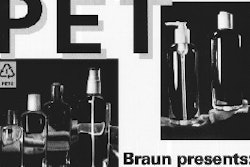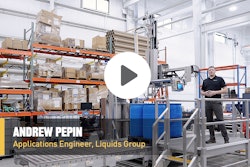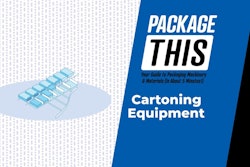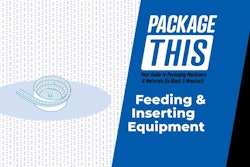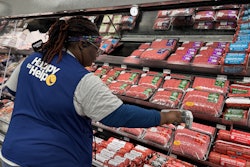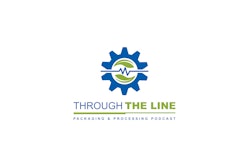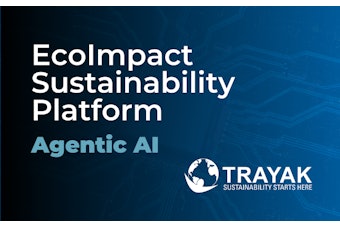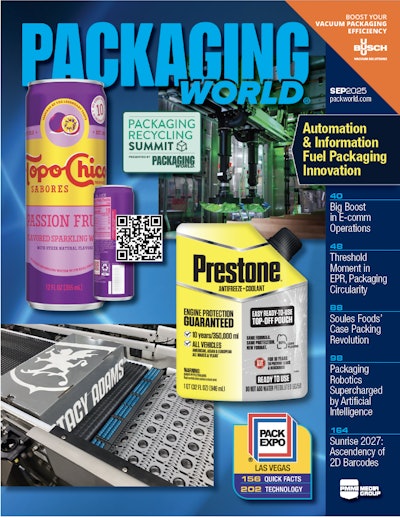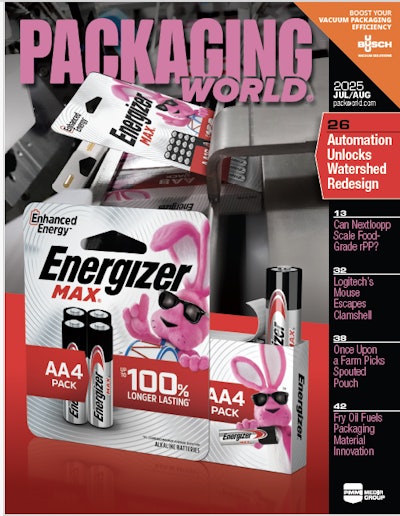The notice serves as a guide to federal procurement officials. But they tend to insinuate themselves into decisions made by suppliers of carrierboard and corrugated boxes, affecting the price and availability of those packages to industry. Revisions proposed by the EPA March 15, 1995, raised a host of very technical, almost eye-glazing issues. EPA attempted to redefine "mill broke"--which is waste created in the paper-making process--in such a way as to effectively reduce the amount of pre-consumer waste generated by mills that could be included in the recovered fiber category. Industry objected, and EPA relented, leaving the existing definition untouched. EPA also proposed a 40 to 50% minimum post-consumer content for corrugated with a strength rating of less than 300 pounds per square inch (psi). For corrugated over 300 psi, the proposed minimum was 30%. Industry said those minimums were unrealistic. In the final guidelines, the EPA dropped the under 300-psi category to 25 to 50% post-consumer and the over 300 to 25 to 30% post-consumer. On carrierboard, the EPA had proposed a minimum of 25% recovered fiber including 15% post-consumer. In the final guidelines, the minimum of the recovered fiber range was dropped to 10% and the post-consumer range was set at 10 to 15%.
EPA Makes concessionsin paper packaging guides
The Environmental Protection Agency (EPA) took a number of industry complaints to heart in finalizing the first revisions to the agency's paper products Recovered Materials Advisory Notice (RMAN), first published in 1988.
Aug 31, 1996
Companies in this article
Machinery Basics
Researched List: Engineering Services Firms
Looking for engineering services? Our curated list features 100+ companies specializing in civil, process, structural, and electrical engineering. Many also offer construction, design, and architecture services. Download to access company names, markets served, key services, contact information, and more!
Download Now
Annual Outlook Report: Sustainability
The road ahead for CPGs in 2025 and beyond—Packaging World editors review key findings from a survey of 88 brand owners, CPG, and FMCG readers.
Download Now


